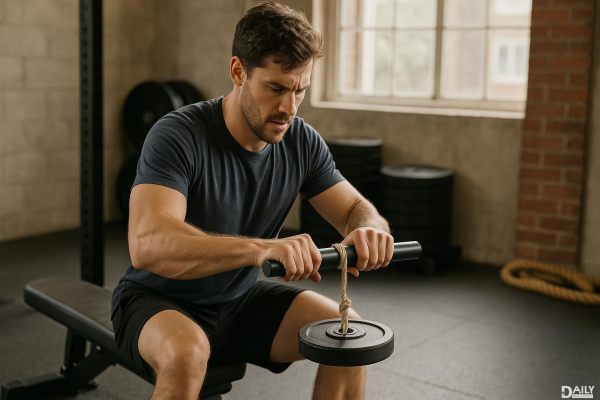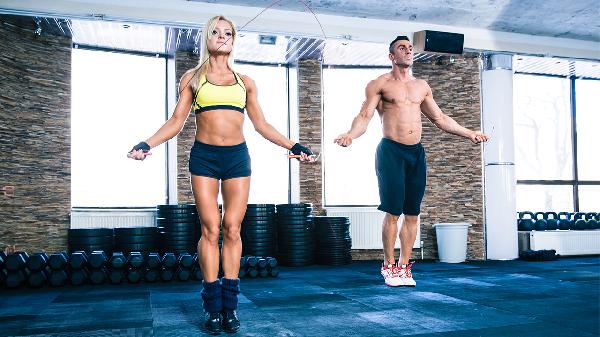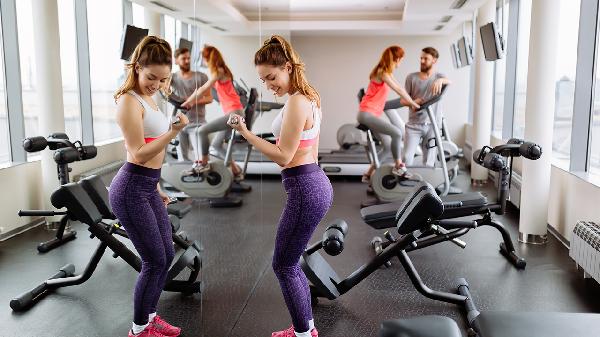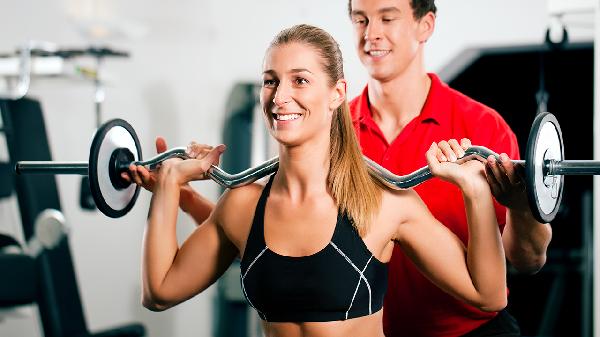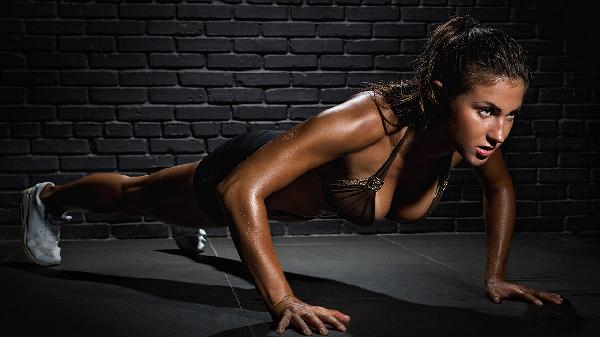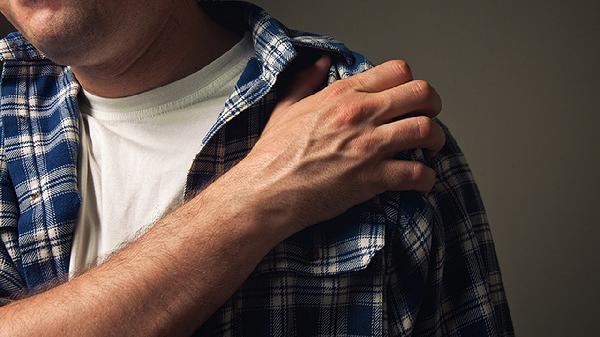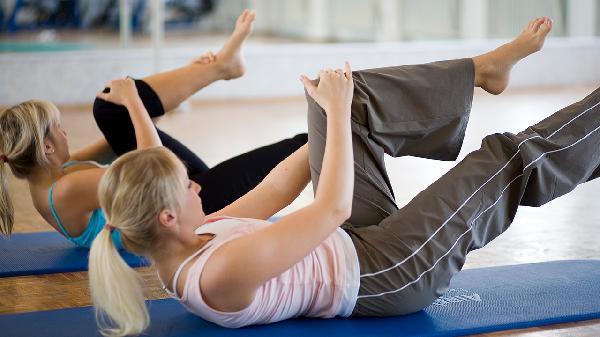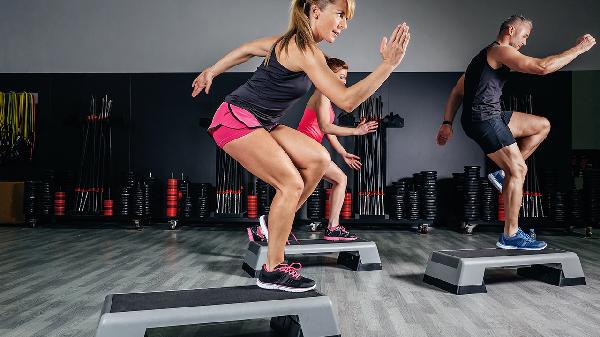If you're dreaming of forearms that look like they could crush walnuts without breaking a sweat, you're in the right place. Bigger forearms aren't just about aesthetics—they're a powerhouse for grip strength, functional fitness, and even boosting your performance in other lifts. The good news? You don’t need fancy equipment or some secret bodybuilding hack. A few targeted exercises, consistency, and maybe a little extra patience (because forearms can be stubborn) will get you there.

Forearms might not get the same love as biceps or shoulders, but they’re the unsung heroes of your upper body. Every time you grip a barbell, carry groceries, or even open a stubborn jar, your forearms are doing the heavy lifting. Strong forearms mean better endurance in deadlifts, improved performance in pull-ups, and even reduced risk of wrist injuries. Plus, let’s be real—nothing completes a muscular arm like a set of thick, veiny forearms popping under a rolled-up sleeve.
If you want serious forearm gains, you’ve got to hit them from multiple angles. That means working on both flexion (curling motions) and extension (reverse movements), plus grip strength. Here are the top exercises that’ll turn your forearms from scrawny to brawny:
Simple but brutal, farmer’s walks are a killer for grip and forearm endurance. Grab a pair of heavy dumbbells or kettlebells, stand tall, and walk for distance or time. Your forearms will be screaming, but that’s how you know they’re growing. Bonus: This exercise also torches your traps and core.
Old-school but gold. Sit on a bench with your forearms resting on your thighs, palms up, holding a dumbbell. Curl your wrists up, squeeze at the top, then lower slowly. Flip your hands over for reverse wrist curls to hammer the extensor muscles. Light weight, high reps—this is about endurance and muscle fatigue.
Grab a pull-up bar and just… hang. Sounds easy until your grip starts failing. Dead hangs build grip strength and stretch the forearm muscles, improving flexibility and endurance. Try to increase your hang time each session, or add weight with a dip belt for an extra challenge.
Take two weight plates (smooth sides out), pinch them together, and hold for time. This targets the smaller muscles in your fingers and thumbs, which are crucial for a vice-like grip. Start with 10- or 25-pound plates and work your way up.
Since forearms are used in almost every upper-body exercise, they recover fast. You can train them 2-3 times a week, either at the end of your workouts or as a dedicated session. Just don’t go overboard—overtraining can lead to tendon irritation or strain. Listen to your body; if your grip is failing during regular lifts, dial it back.
Want to speed up the process? Try these tricks:
Forearms can be slow growers, so don’t get discouraged if progress feels sluggish. Stick with it, stay consistent, and those sleeves will start feeling tighter before you know it. Whether you’re after strength, size, or just the satisfaction of a bone-crushing handshake, these workouts will get you there.
Now go grab some weights and start squeezing—your future Popeye forearms will thank you.
